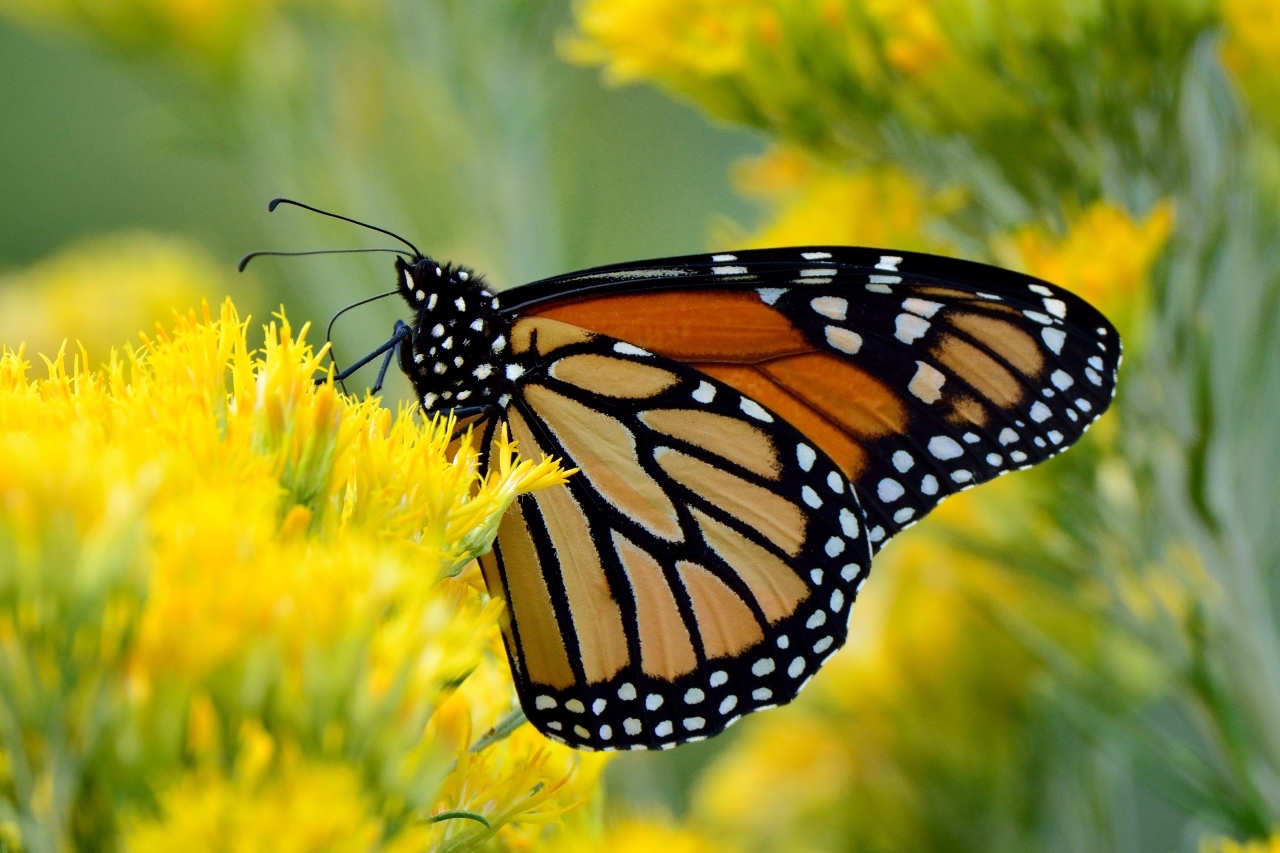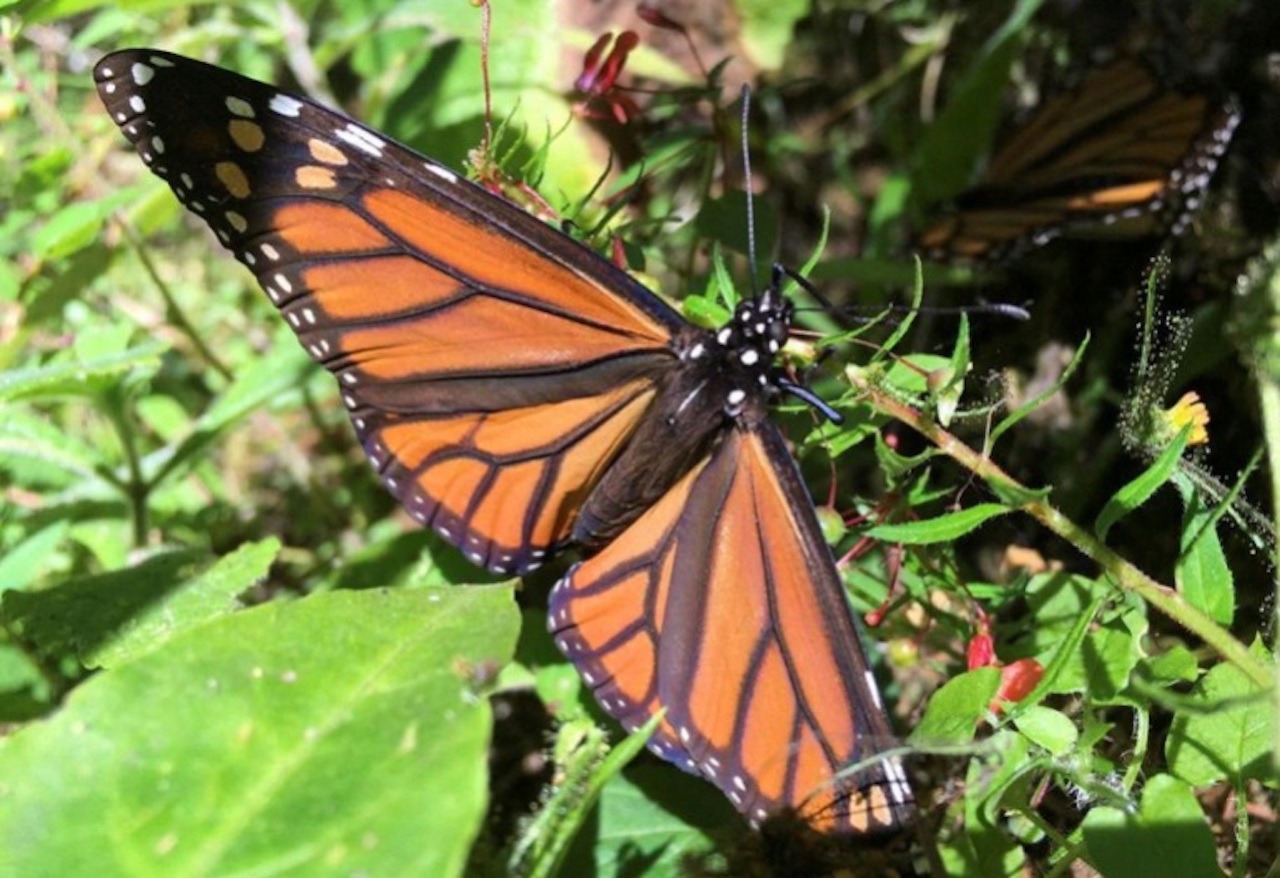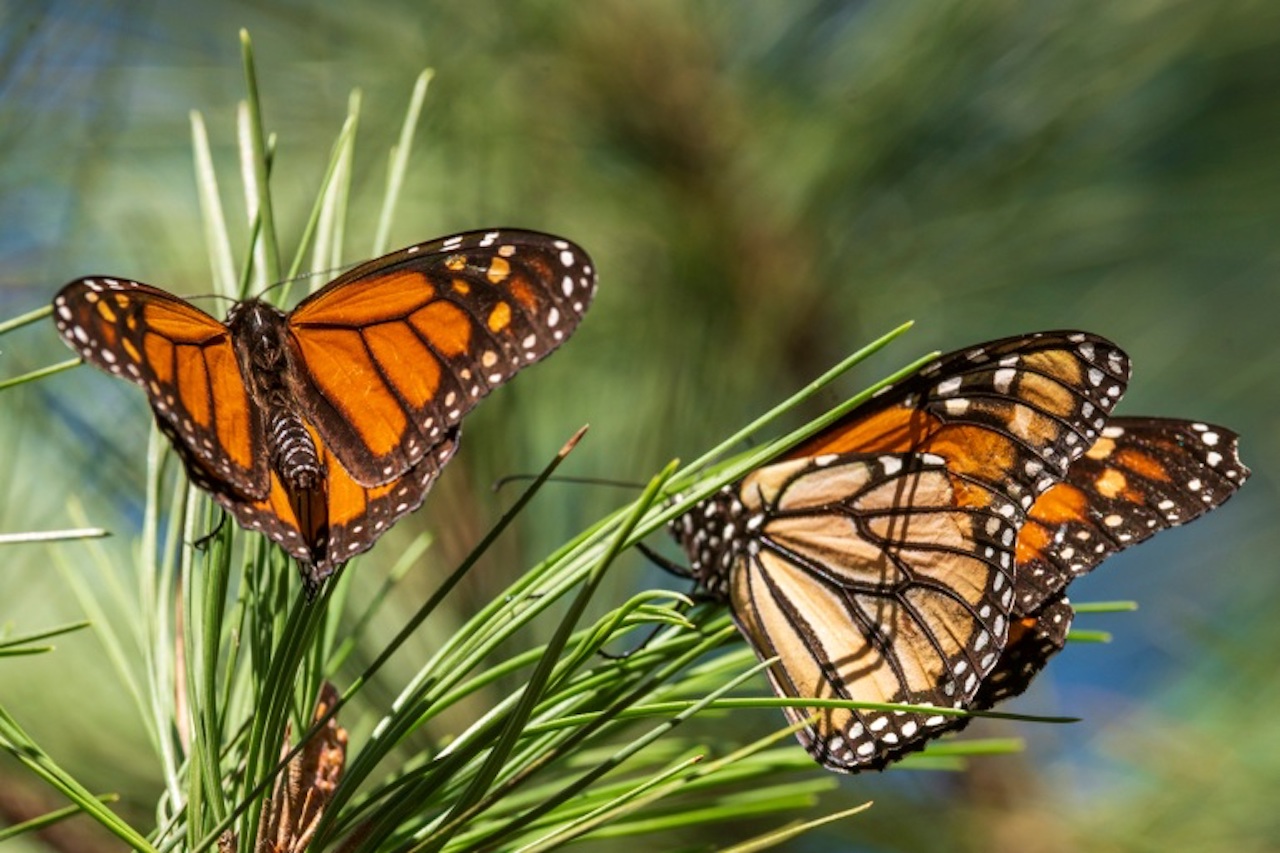Migratory Monarch Butterflies are Going to Disappear Into Oblivion
Migratory monarch butterfly becomes a member of the IUCN Red List as “endangered” species — just two steps from extinction

Image: Joe Schelling
If you have seen the migratory monarch butterflies, you know that they boast beautiful bright orange and spotted wings. They look stunning flying over the bright flowers during the summer and autumn seasons. Unfortunately, these colorful butterflies are now closer to extinction.
The International Union for Conservation of Nature (IUCN) announced that human activities – which have destructed the habitat of many species and also resulted in climate change – have pushed many species toward extinction. Due to human interventions, the migratory monarch butterflies are also put on the IUCN Red List of Threatened Species as “Endangered” with only two steps closer to being extinct.
The migratory monarch butterflies are well-known for migration from Mexico to the U.S. and Canada. They take a 2,500-mile migratory journey every year. But over the last decade, its population has declined by 22 to 72 percent, as per the measurement method by the IUCN. The majority of this decline is caused by human anthropogenic activities.

Image: Josue Gonzalez/Reuters
Deforestation and logging have damaged the substantial regions where butterflies found their winter home in California and Mexico. Last year, Mexico’s government and the World Wildlife Fund issued a report on the monarch population (that was hibernating in Mexico in 2020) declining by 26 percent compared to 2019.
Herbicides and pesticides also lead to butterflies’ death. The harsh chemicals not only kill the butterflies but milkweed too, which is essential for butterfly larvae to develop. Climate change is furthering the damage. The intense droughts that are ravaging the West Coast are limiting milkweeds’ ability to grow.

Image: Nic Coury/AP
While the migrating monarch populations are declining on various coasts, the western population has faced a drastic impact, according to the IUCN. The population here has declined by 99.9 percent between the 1980s and 2021. The population that used to be 10 million back then is now just 2,000. Therefore, the group is alarmed that these numbers are enough to lead to complete extinction.
According to Anna Walker, an IUCN member, it is hard to watch these species at the edge of collapse. However, there are some signs of hope. Now, the organization is working to restore their habitats, reduce pesticides, and plant milkweed. Hopefully, these actions would lead to positive results for the species.


